India
Sandeep Kumar Jha*, Arun Kumar*, V. Ramgopal Rao*, A. K. Gosain$, A. K. Nema*, C. T. Dhanya*, Vamsi Krishna Komarala*, V. Dutta*, Subrat Kar*, B. K. Panigrahi*, B. R. Mehta*, V. Perumal*, Ajit
K. Panda, Mrinal Das#, Siba K. Udgata^, Poonam Prasad$, Shalini Tandon$, Rakesh Kumar$
*Indian Institute of Technology Delhi; #National Institute of Science and Technology, Berhampur;
^University of Hyderabad, Hyderabad $ National Environmental Engineering Research Institute, Nagpur
USA
Ashok Mulchandani*, Bipin Rajendran$, Durgamdhab Misra$, Joan Rose^, Krishna Saraswat%
*University of California Riverside; $New Jersey Institute of Technology, Newark;
^Michigan State University; %Stanford University
Rivers are major sources of water for meeting needs of human settlements all across the world. With emergence of cities/industrial centers along the banks of all rivers, the issue of pollution of river waters has become a major concern for a variety of reasons. Development of strategies for amelioration of pollution of rivers requires real time information on the nature and extent of degradation of water quality. This brings to fore the need to develop sensors that measure water quality parameters that are critical for water-related decision making processes.
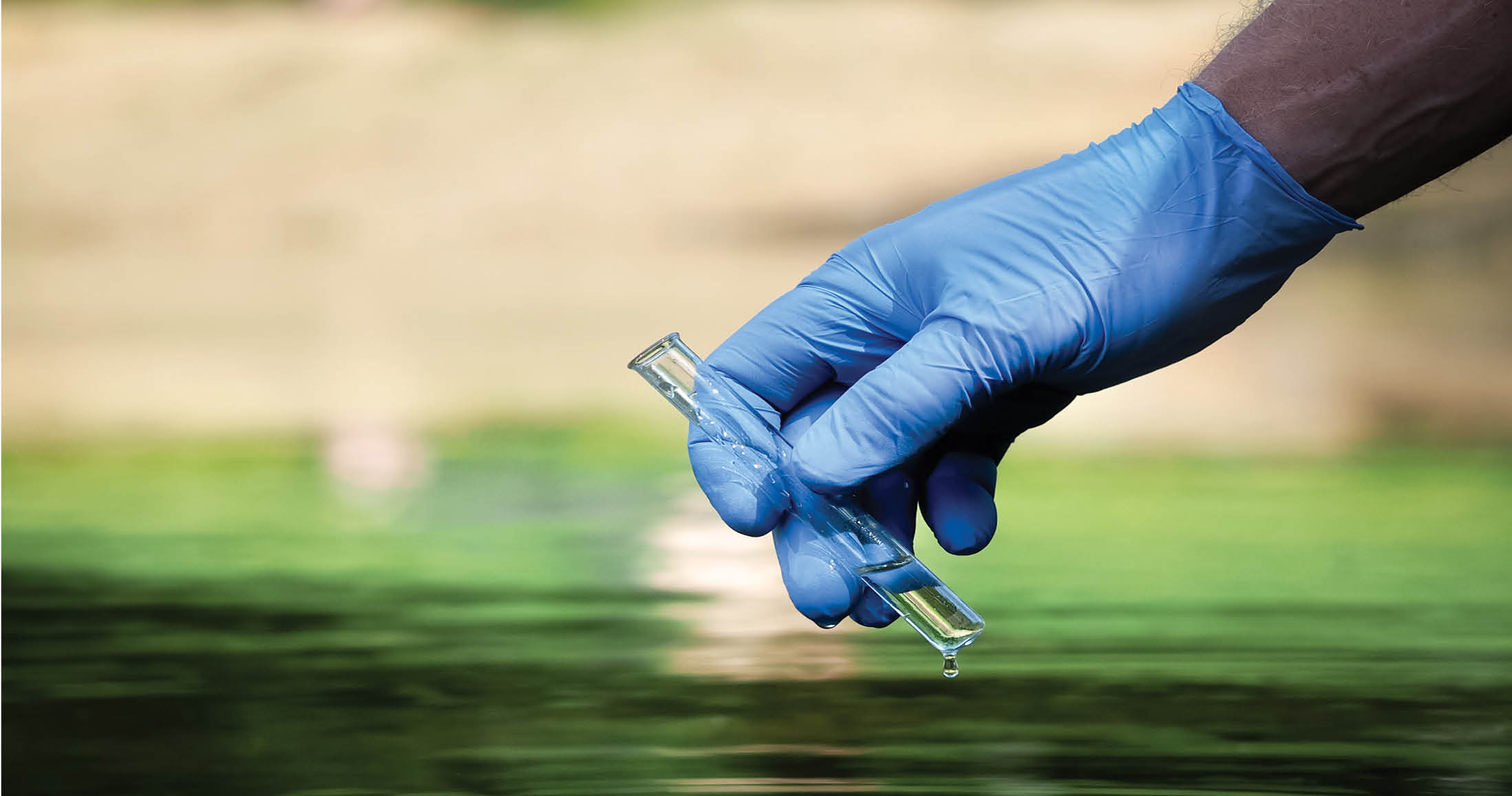 T
This project focuses on providing solutions to combat the lack of field-adjusted, low-cost and energy-sufficient sensors for measuring water quality parameters (primarily chemical oxygen demand (COD), microbial indicators, temperature, turbidity and nitrogen content) and water resource-related parameters (water flow rate, elevation, depth, pH etc.).
The Indo-U.S. team aims to achieve this goal using four interconnected work packages
(Figure 1) that focus on the following research vectors (RV):

.jpg)
The proposed prototype early-warning system will use real-time field data from sensors and modelling for predicting water quality at different locations.
A team of experts from IIT Delhi (India) and University of California Riverside (USA) will work on developing sensors for COD, microbial indicators and water flow (WP1). The choice of COD over conventional biological oxygen demand (BOD) stems from the fact that the water of the River Yamuna is so polluted at certain places that BOD is not a true indicator of the pollutant load. The froth on the water surface emanates from detergents and other organic wastes, which destroy microbial and other flora and fauna in water, including fish and other species. This leads to a cascade of damaging effects, leading to extremely dangerous water quality, unsuitable even for contact with the human body. A monitoring system for such water with provide impetus to decision making on types of purification systems and strategies to be deployed. A team from National Institute of Science and Technology (NIST, India) and New Jersey Institute of Technology (NJIT, USA) shall develop an application-specific integrated circuit (ASIC) chip to collect data from independent sensors (newly developed sensors as well as commercial ones) onto a single board of electronic circuit. The experts involved in supporting sensor development (WP1) are supported by another team of experts from IIT-Delhi, NIST and Stanford University (USA), who will work on developing energy harvesting systems using solar energy (IIT-Delhi) and piezoharvester-based water flow-based energy (IITD and NIST) (WP2). Information on energy requirements of different sensors and electrical units will be provided to WP2. IIT Delhi and Centre for Materials for Electronics Technology (CMET, Pune, India) teams will work together to develop the sensor system which will be deployed in the field. A group of experts from NIST, University of Hyderabad (India) and IIT-Delhi will collaborate together on field installation of sensors and operational aspects and low-cost wireless networking with LoRa comprising of wake-up radios integrated with low power, long-range radios and mesh networking. (WP3). Further, a team of experts from IITD, National Environmental Engineering Research Institute (NEERI, India) and Michigan State University (MSU, USA) will work on laboratory analysis of field samples and validation of sensor- provided data with data obtained in the laboratory (WP4). Lastly, all experts will be involved in integrating the information for developing the proposed
“SensorWarn” system for predicting water quality and quantity using distributed analytics and sense making.
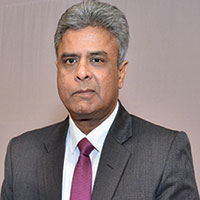
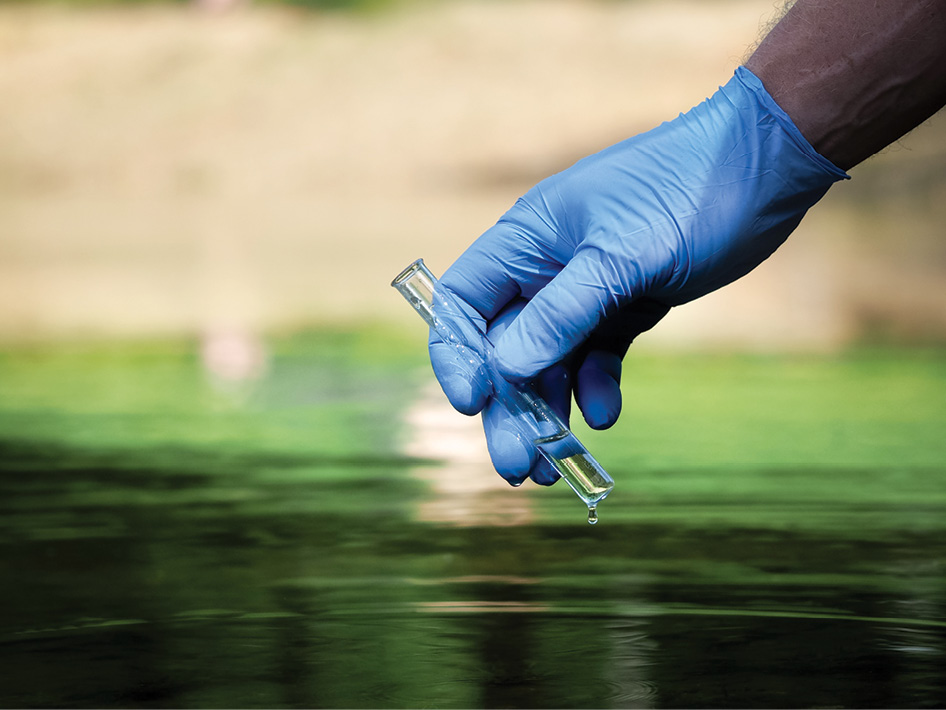
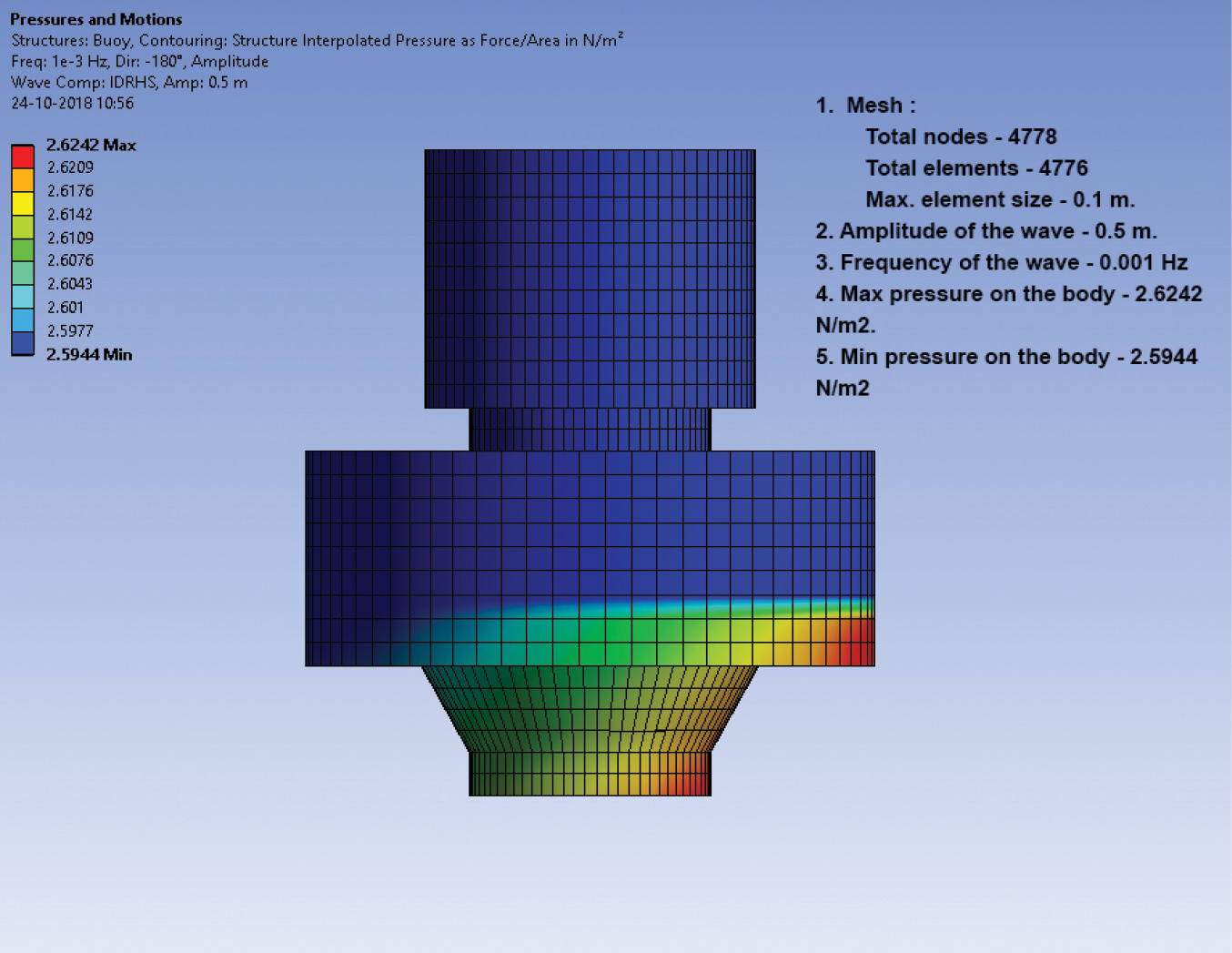
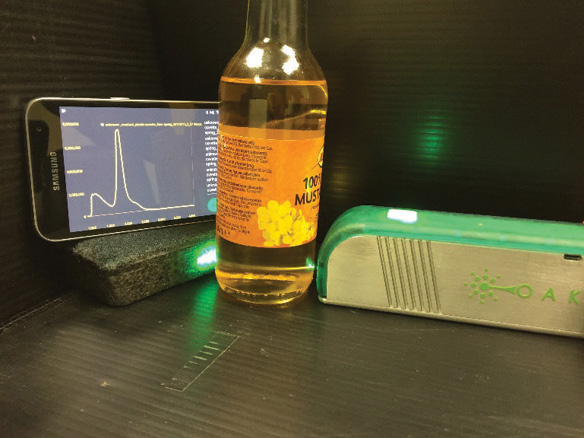
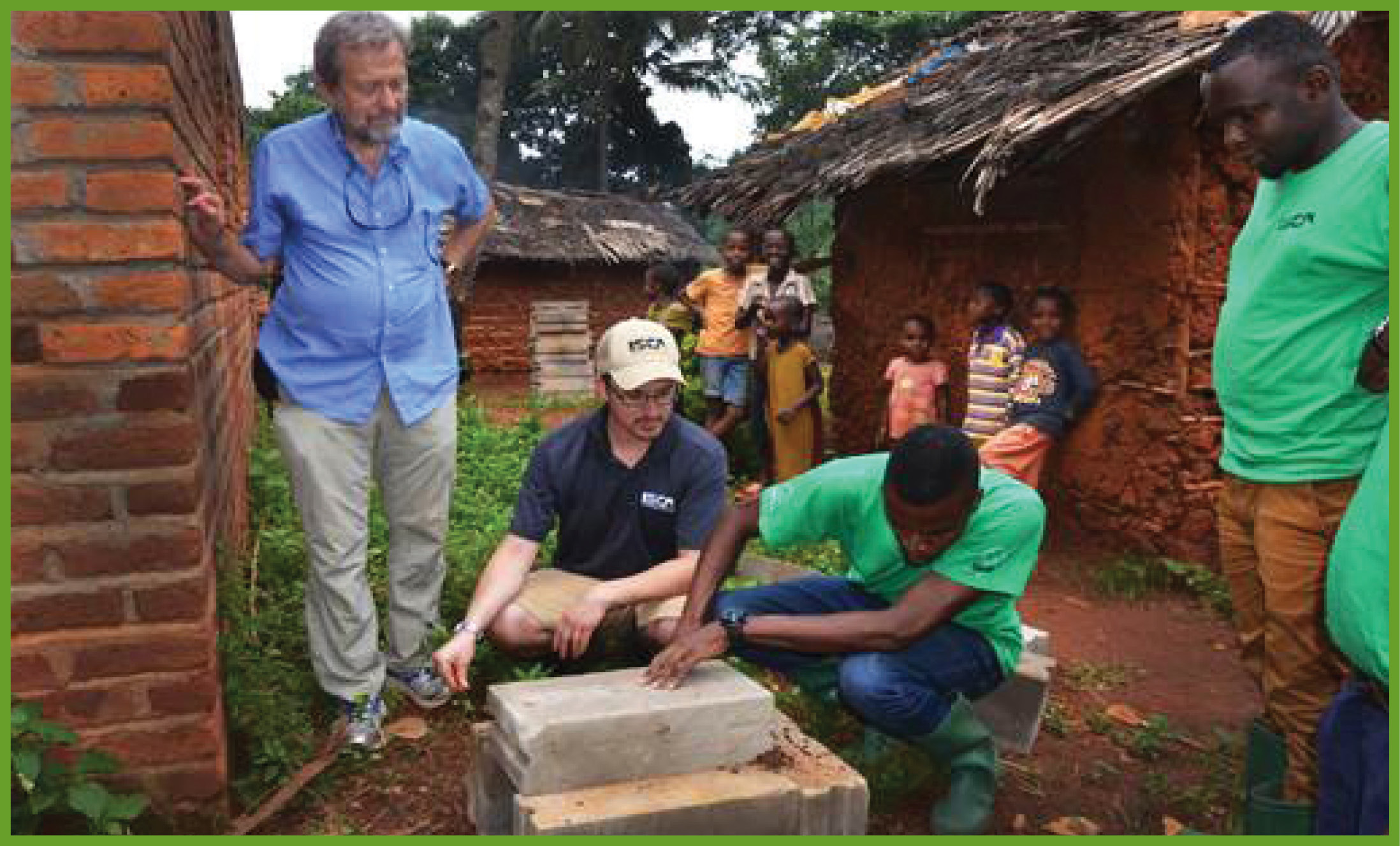
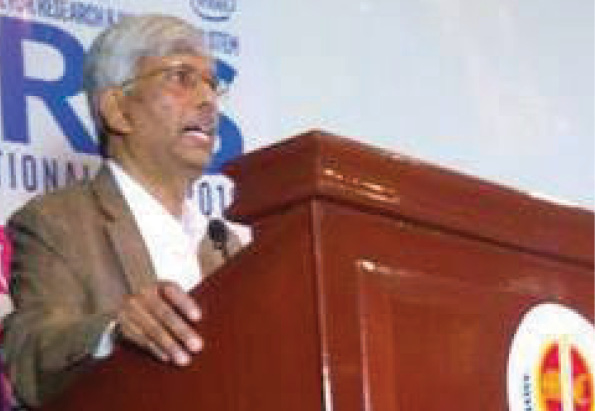



.jpg)